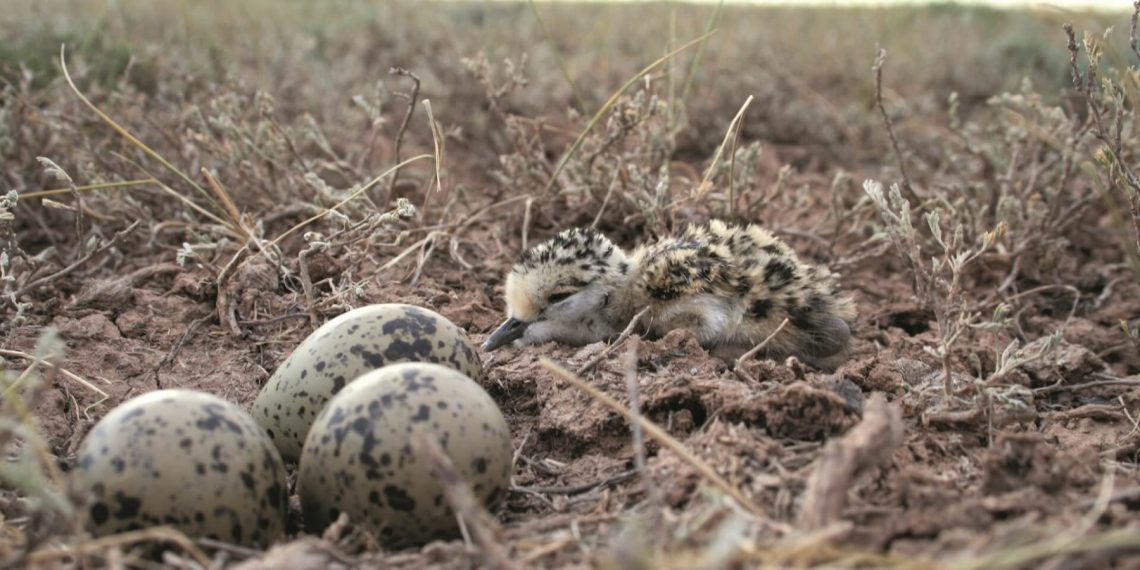
Global research uncovers mysteries of rare Sociable Lapwing
Thanks to extensive research over the last 15 years, the Sociable Lapwing has gone from one of the world’s more obscure waders to one of its most studied, and it is now widely regarded as a flagship species for the conservation of the Central Asian steppes. We take a look at the work that has uncovered its mysteries and begun to conserve it.
Its breeding grounds once stretched from Ukraine in the west to as far east as Xinjiang in China, and north into southern Siberia. But with the loss of much of the natural steppe in Ukraine in the nineteenth century through conversion to cereal production, and profound changes to agricultural management during the Soviet period, the breeding range of the Sociable Lapwing Vanellus gregarius contracted to an increasingly small area of Kazakhstan. In 2004, BirdLife uplisted the species to Critically Endangered following severe population declines, with some reports suggesting that just a few hundred breeding pairs may survive.
But why was the Sociable Lapwing teetering on the brink of extinction? Under the auspices of the Agreement on the Conservation of African-Eurasian Migratory Waterbirds (AEWA), an international species action plan was developed by collaborating experts on the species and its habitats to help determine the reasons. In the same year, a pilot study suggested that low breeding success due to trampling of nests by livestock could be a primary factor. All this culminated in the establishment of a comprehensive research project based around the small town of Korgalzhyn, some 130 km south-west of Nur-Sultan, Kazakhstan’s capital.
Read more from the original source